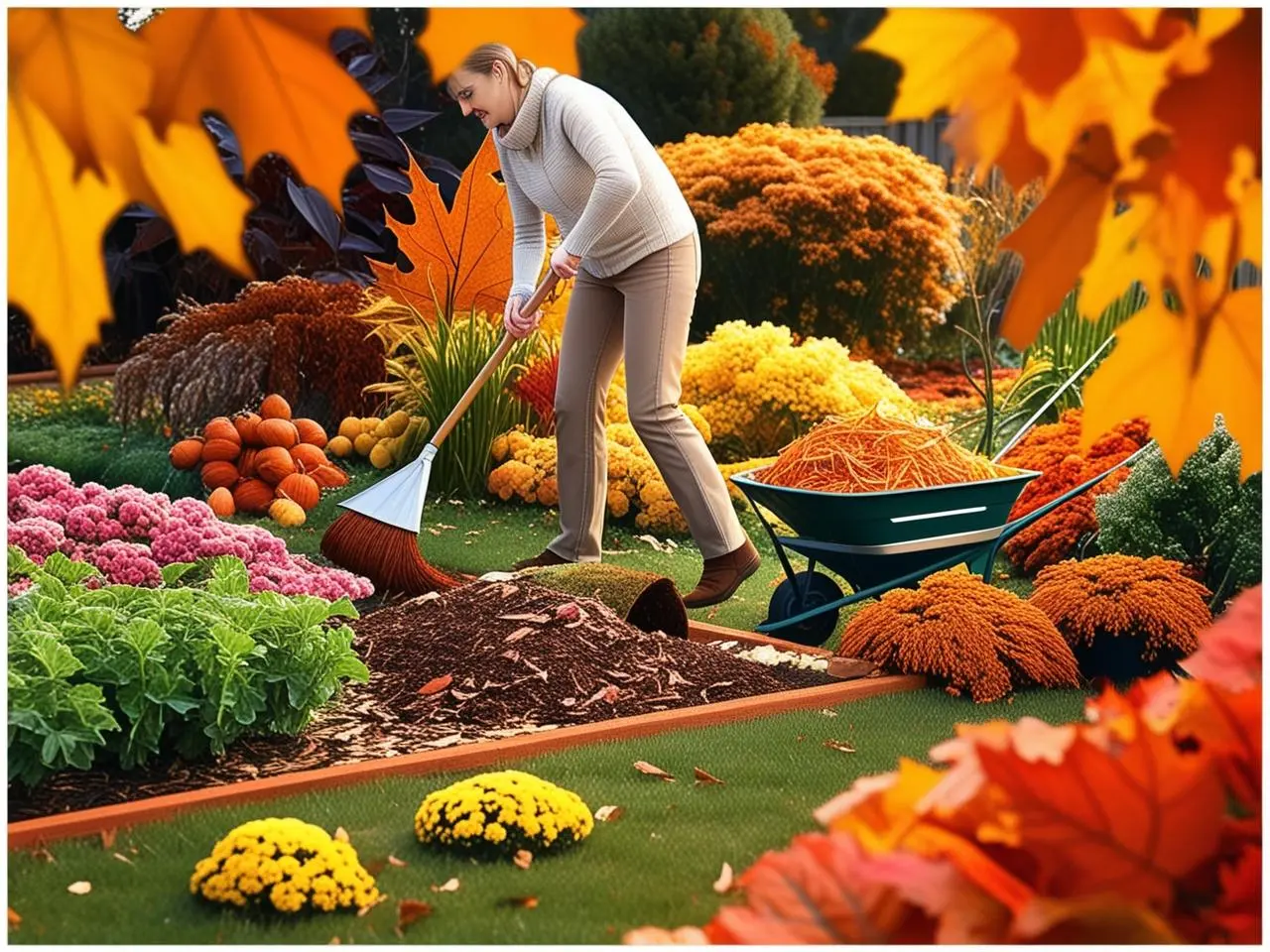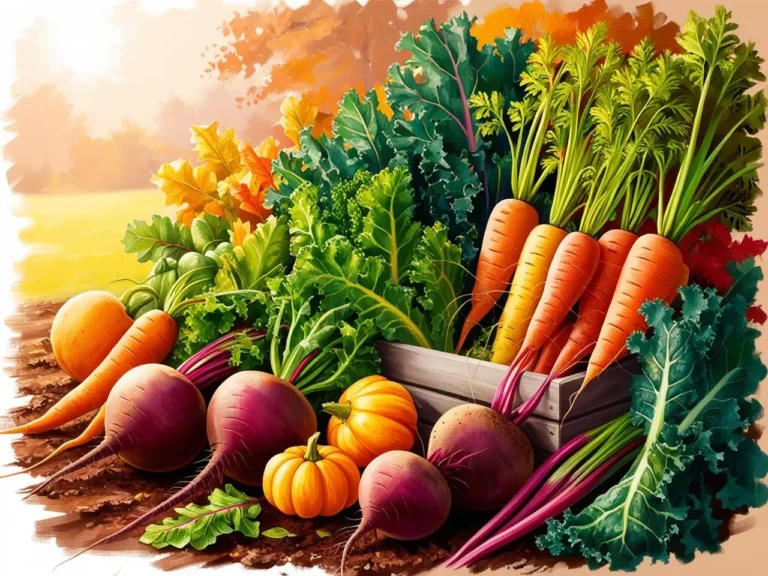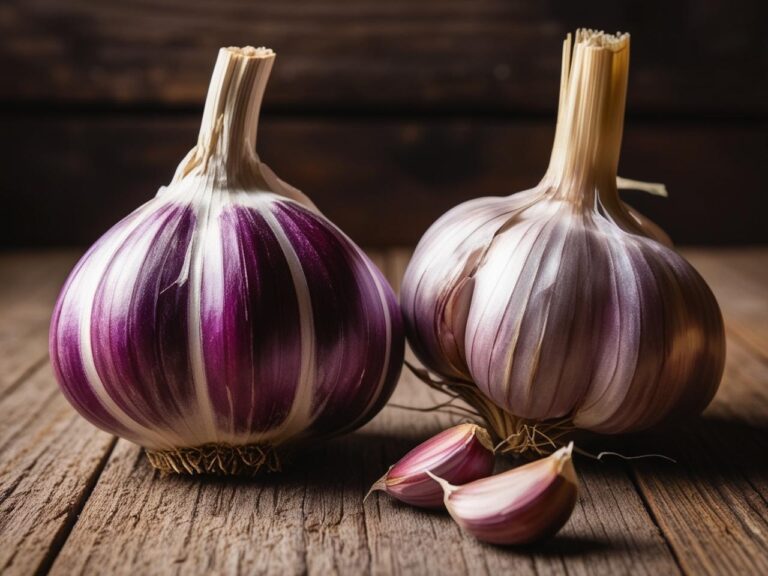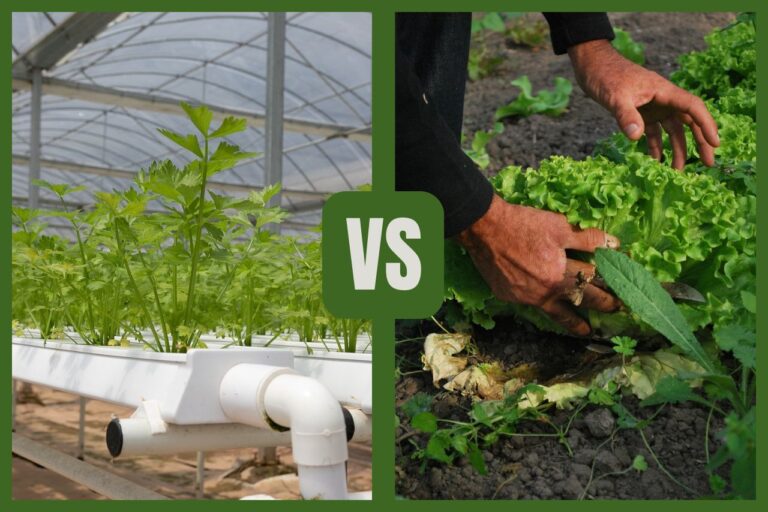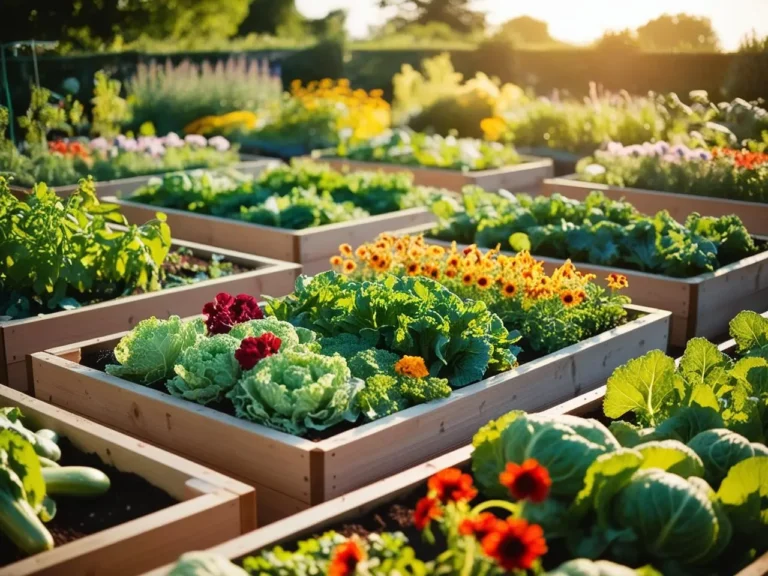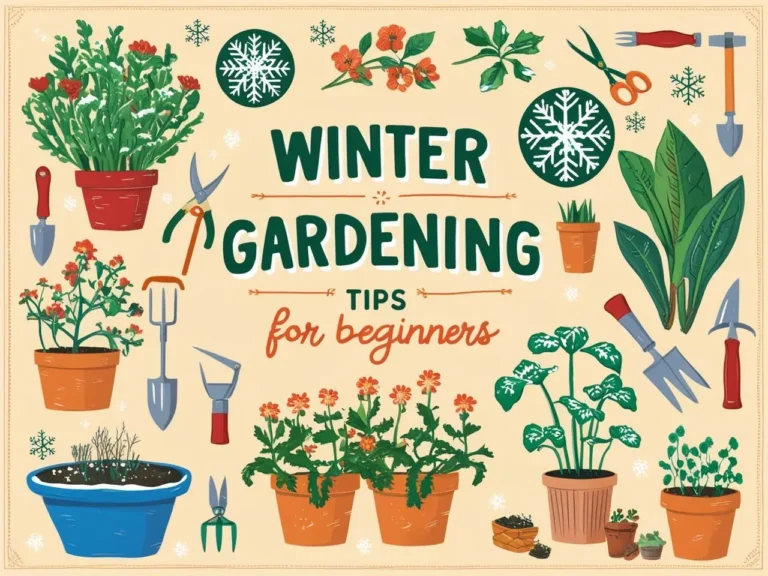How to Prepare Your Garden for Fall: Essential Tasks
Autumn is more than a season of pumpkin spice and cozy sweaters—it’s the perfect time to prep your garden for the cooler months and ensure it’s ready to bloom again in spring. Fall gardening tasks can set the stage for a healthier, more productive garden next year. Here’s your essential guide to getting your garden fall-ready.
1. Clean Up Garden Beds
- Why It’s Important: Removing dead plants and debris prevents pests and diseases from overwintering.
- How to Do It:
- Pull out spent annuals and vegetables.
- Prune dead or diseased branches from perennials and shrubs.
- Rake and compost fallen leaves (avoid composting diseased plants).
2. Add Organic Matter to the Soil
- Why It’s Important: Amending soil in the fall allows nutrients to integrate over winter.
- How to Do It:
- Spread compost, aged manure, or shredded leaves over garden beds.
- Gently till or turn the soil to incorporate organic matter.
3. Plant Fall Crops
- Why It’s Important: Some vegetables thrive in cooler weather and can be harvested late into the season.
- What to Plant:
- Garlic, onions, and shallots for a spring harvest.
- Leafy greens like kale, spinach, and Swiss chard.
- Cover crops like clover or rye to improve soil health.
4. Mulch Beds and Protect Perennials
- Why It’s Important: Mulching insulates plant roots, conserves soil moisture, and prevents weeds.
- How to Do It:
- Apply a 2–4 inch layer of mulch (straw, bark, or shredded leaves) around perennials and over empty beds.
- Wrap sensitive plants like roses or young shrubs with burlap for added protection.
5. Divide and Transplant Perennials
- Why It’s Important: Dividing perennials rejuvenates them and prevents overcrowding.
- How to Do It:
- Dig up perennials like daylilies, hostas, or irises.
- Use a sharp spade to separate clumps and replant the healthiest divisions.
6. Prep Trees and Shrubs
- Why It’s Important: Proper pruning and feeding help trees and shrubs survive winter.
- How to Do It:
- Remove any dead, damaged, or crossing branches.
- Apply a slow-release fertilizer to encourage strong root growth.
- Water deeply before the first frost to hydrate roots.
7. Clean and Store Garden Tools
- Why It’s Important: Properly maintained tools last longer and work better.
- How to Do It:
- Scrub tools to remove dirt and rust.
- Sharpen blades and oil metal parts to prevent corrosion.
- Store tools in a dry, sheltered area.
8. Plan for Spring
- Why It’s Important: Fall is a great time to reflect on what worked and plan for next year.
- How to Do It:
- Sketch out your garden layout and note areas for improvement.
- Order spring-blooming bulbs like tulips and daffodils to plant now.
- Make a list of seeds and plants you want to try next season.
Download Your Free Fall Preparation Checklist
Preparing your garden for fall may seem like a lot of work, but these essential tasks will reward you with healthier plants, richer soil, and a head start on spring gardening. Happy Gardening!

